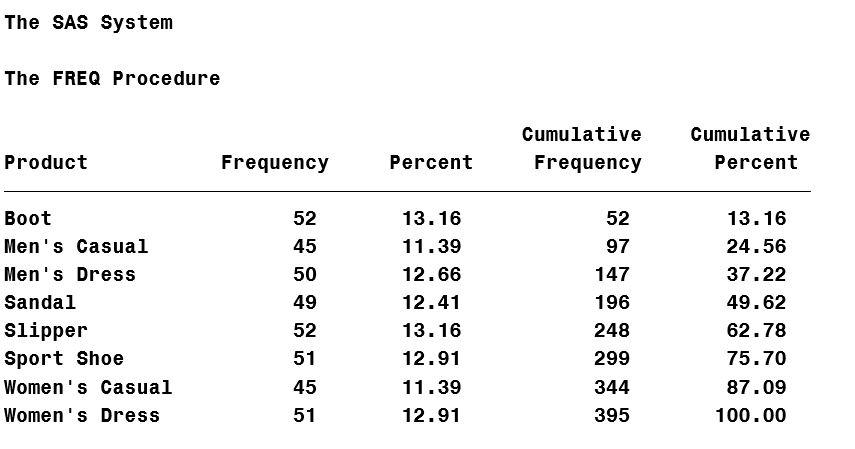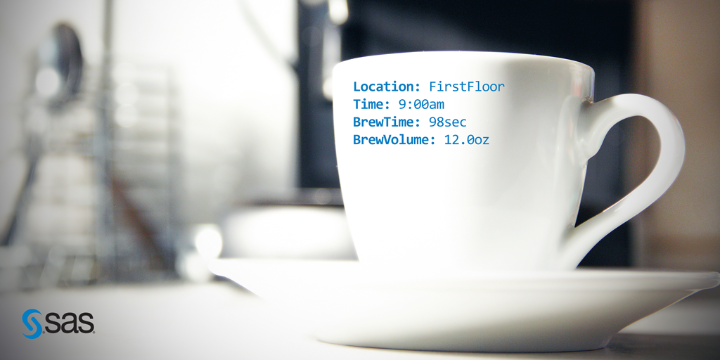
This post is the third and final in a series that illustrates three different solutions to "flattening" hierarchical data. Don't forget to catch up with Part 1 and Part 2. Solution 2, from my previous post, created one observation per header record, with detail data in a wide format, like












